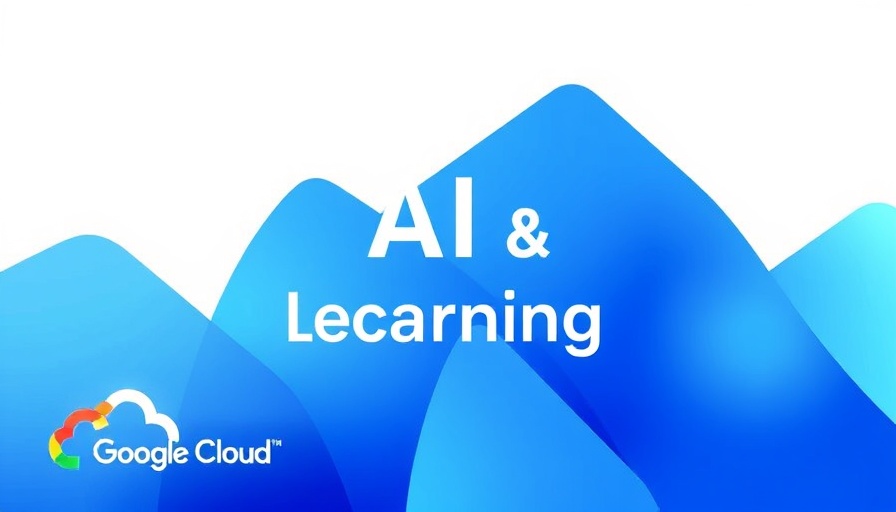
Unlocking AI Agent Collaboration: The Future of ADK Agents
The world of artificial intelligence is evolving rapidly, and one of the most exciting advancements comes from frameworks designed to facilitate collaboration among AI agents. The Agent Development Kit (ADK), paired with the Model Context Protocol (MCP), has proven vital for developers creating AI-driven applications capable of complex tasks. Yet, to maximize the potential of these agents, we must foster environments that encourage interoperability, allowing them to collaborate effectively.
What is the A2A Framework?
The Agent-to-Agent (A2A) framework represents a substantial step in AI development. Serving as a standardized communication protocol, the A2A framework allows various agents to discover one another, understand their capabilities, and engage securely. Imagine a network where AI agents not only exist within their silos but can also work together as part of a cohesive system—performing tasks collaboratively and drawing upon one another’s strengths. This framework is essential for creating an ecosystem of intelligent agents, ultimately enriching user experiences.
Converting ADK Agents Using MCP to A2A Compatibility
Converting your existing ADK agents to be part of the A2A framework requires methodical steps to ensure they can communicate effectively with other agents. Let’s walk through the key steps involved in transforming a typical ADK agent, such as the MultiURLBrowser, into an A2A-compatible component.
Step 1: Define the Core Agent with MCP Tool
At the heart of your agent is its core logic. You must initialize the ADK LlmAgent and configure its MCPToolset properly. This foundational step involves creating an agent that can connect with its external tools seamlessly, which is crucial for tasks such as web scraping. By specifying the tools and their settings in your agent's code, you lay the groundwork for its functionality.
Step 2: Establish a Public Identity
For an agent to join the A2A ecosystem, it needs a public identity. This is achieved through the AgentSkill and AgentCard components defined in the agent's main entry file. By declaring the agent’s capabilities, unique identifiers, and descriptions, you provide other agents with the information needed to recognize and interact with your agent effectively.
Why Interoperability Matters in AI Development
The emergence of A2A frameworks emphasizes the importance of interoperability in AI development. By enabling AI agents to exchange information and collaborate, we can solve more complex problems that no single agent can tackle alone. This collaborative approach not only enhances the agents' functionalities but also leads to significant advancements in AI applications across various fields—ranging from healthcare to finance.
Future Opportunities with A2A Frameworks
As industries worldwide invest in AI technologies, the need for agents that can interact and collaborate will only grow. Organizations can leverage collaborative AI systems to improve efficiency and innovation. For example, in a business context, A2A-compatible agents could autonomously manage inventory, analyze data trends, and allocate resources, all while communicating with each other to enhance decision-making processes. This level of synergy points towards a future where AI agents do not just coexist but work in concert, yielding transformative outcomes.
In conclusion, as we stand on the brink of new technological advancements within AI, investing time and resources into developing ADK agents for A2A frameworks is a strategic move for developers and organizations alike. The benefits of an interconnected agent ecosystem promise not only to streamline processes but also to pave the way for innovative applications that significantly shape our world.
 Add Row
Add Row  Add
Add 




Write A Comment